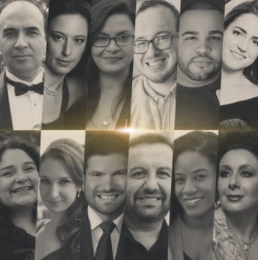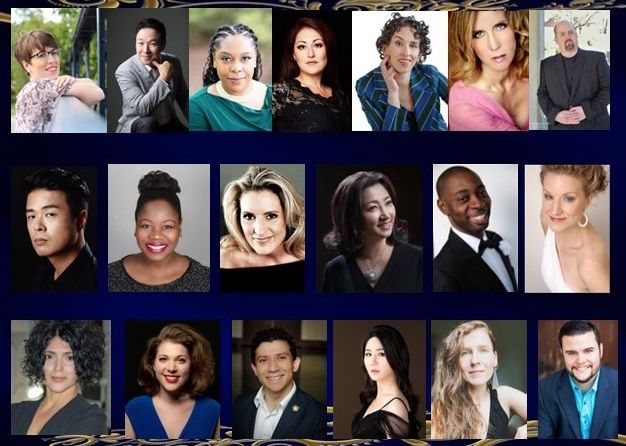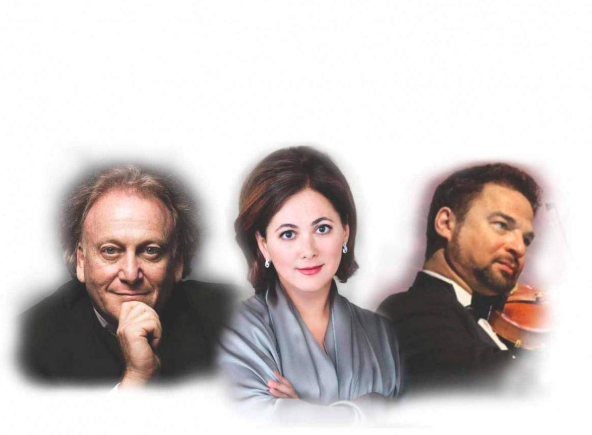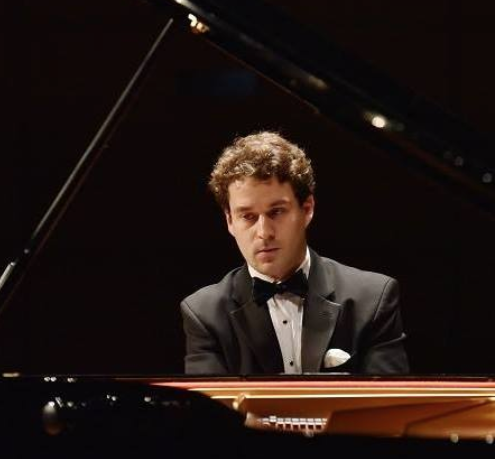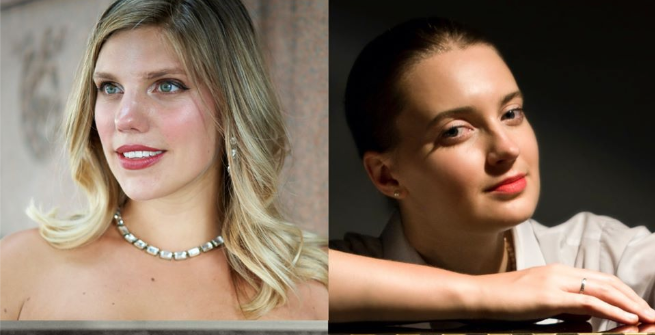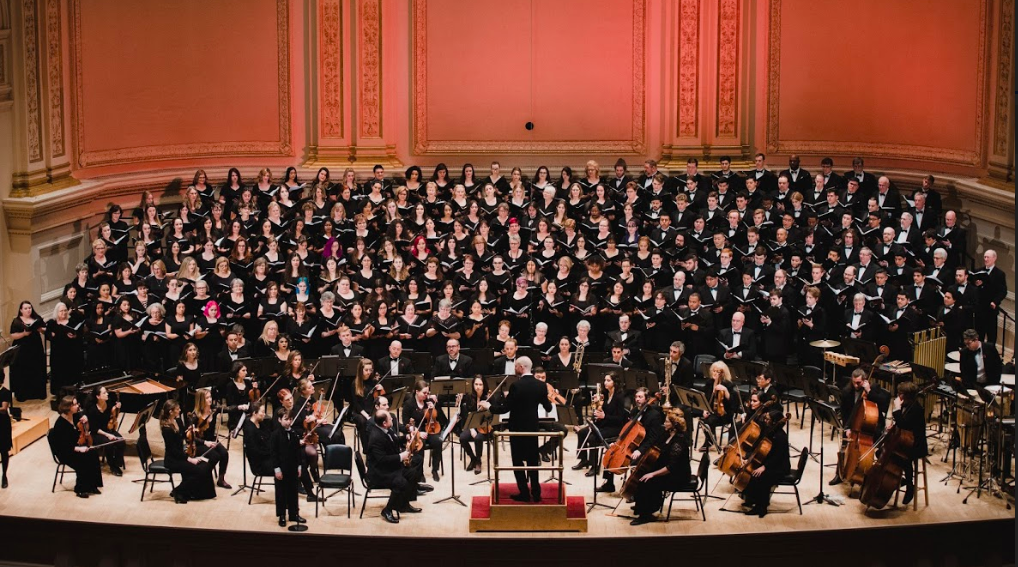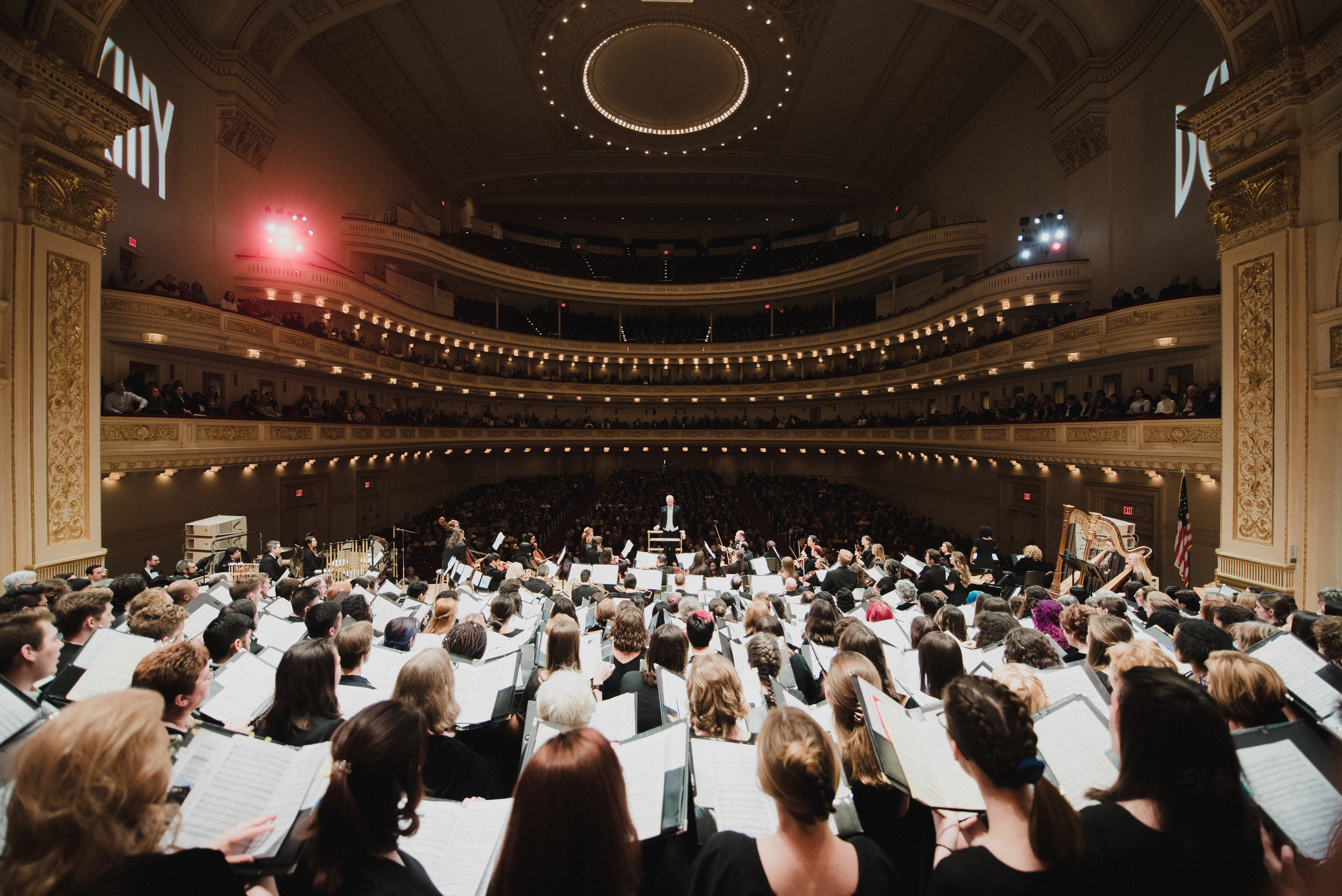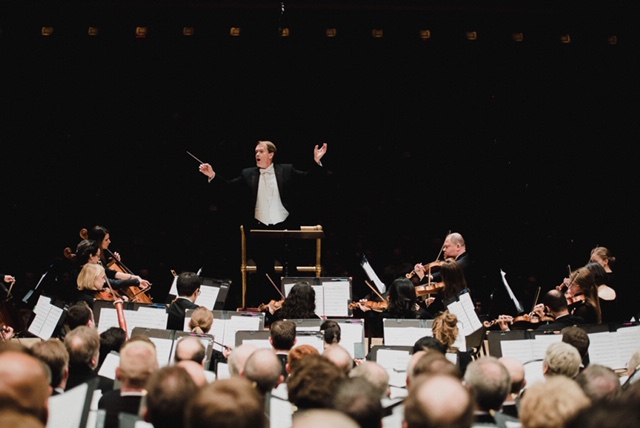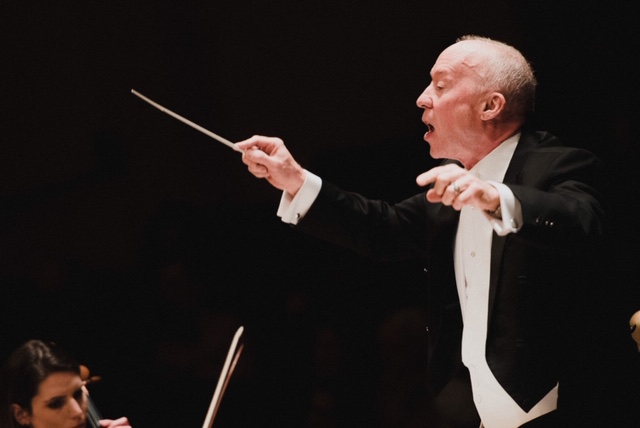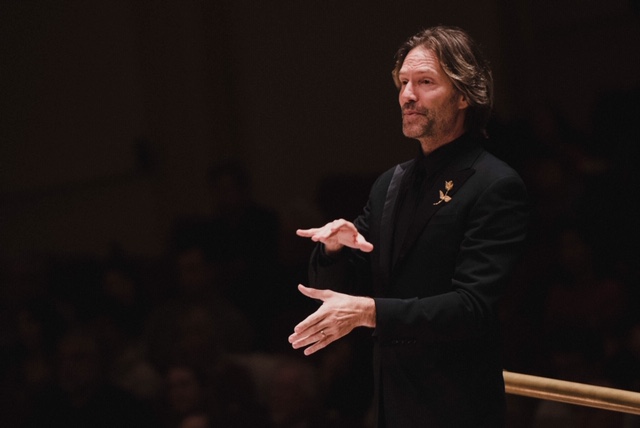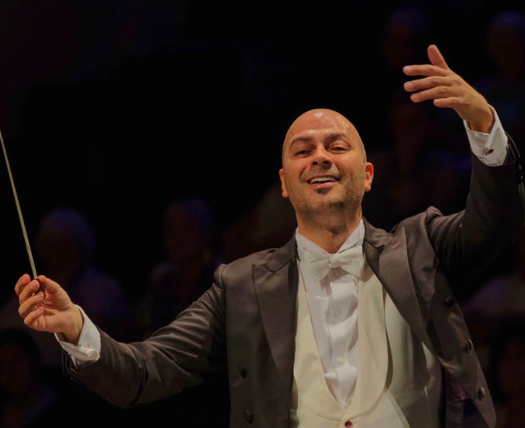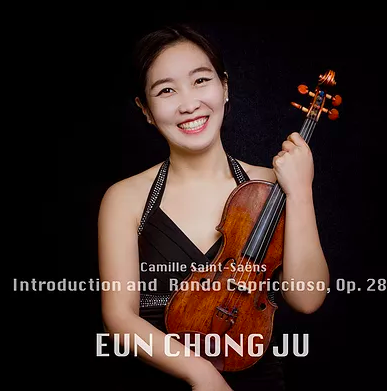Gabriela Sandoval Requena, Executive Director
Patricio Molina, Ph.D., D.M.A, Artistic Director
Marina Catalan, Master of Ceremonies
Weill Hall at Carnegie Hall, New York, NY
October 15, 2021
The Notes for Growth Foundation, led by Gabriela Sandoval Requena and Patricio Molina, was the presenter of Tremün: Celebrating Indigenous Roots Concert, at Carnegie Hall on October 15, 2021. The foundation’s stated mission is as follows: “[we] strongly believe all children, no matter their present circumstances, should have the opportunity to benefit from music education.” The foundation operates in New York and New Jersey, as well as Chile. In the pre-concert introduction, it was stated that 34 pianos have been delivered to Chile and 6000 children who otherwise lacking access to music education have been reached. To learn more about this wonderful organization, follow this link: Notes for Growth.
Tremün means “growth” in Mapudungun, the language of the Mapuche people. The program featured music by and inspired by indigenous peoples around the world including Perú, México, Jamaica, and Chile. There were world premieres of works by five Chilean composers – Patricio Molina, Ramón Catalán, Aina Sandoval, Carlos Zamora, and Sebastián Vergara. Mr. Molina collaborated with Mapuche poets Roxana Miranda Rupailaf and María Lara Millapan setting two of their poems to music. Actress Marina Catalán was the Master of Ceremonies, introducing the performers and the works.
The printed program had QR codes about the program and artists – a very 21st century touch. The reader should click on the following links to learn more about both: Program notes , Artist bios. There is also a documentary available to view about the making of the program: Tremün documentary. As it is not within the scope of this review to speak of each work and each artist, I offer my apologies and wish to express my admiration for all.
Let’s get the negatives out of the way first. I do have to mention (again) about concerts presenting so much material as less than ideal for all involved (and that’s not just the audience, but the performers themselves). I do understand the constraints placed on the presenters by the venue- in this case, 90 minutes without intermission. To present fifteen works in this timeframe had the effect of not allowing the listener to let a work “sink in” before the next was almost immediately launched. Even with the introductions of each work, there was never more than a minute between, for which I commend the artists for their organization and efficiency, but it seemed like an assembly line. I understand the motivation to present as much as possible, but maybe deleting two or so pieces would have helped.
Some of the works had moments where the music verged on sounding derivative (several brought to mind Chopin, Liszt, Bach, Beethoven, and even Yanni and Suzanne Ciani). One in particular could have been played over the 2nd movement of Rachmaninoff’s 2nd Piano Concerto without much harmonic or stylistic clash for the greater part of the piece. Just put this quibble in perspective, however, the audience either did not notice or care about such drawbacks and reacted with enthusiastic applause.
Enough about reservations. Let’s get to the good (and there was an abundance of good!). A general observation first: These are excellent musicians without any doubt. Vibrant and engaging playing/singing, true intonation, and superior ensemble balance were all there. It’s not as common as one might believe, as there are many times when some of these elements are either lacking or missing all together.
All the works presented had their merits and all could be discussed in depth, but I do wish to make special mention of two that stood out to this listener: Otoño en Tierra del Fuego (Autumn in the Land of Fire) by Aina Sandoval, a promising emerging talent, for the taut energy and colorful writing, and Kürüf (Wind), a haunting, apparition-like work for viola and piano, by Sebastián Vergara.
Patricio Molina’s works made a huge impression on this listener. His voice is distinctive – indeed I could not perceive any obvious antecedents (or even subtle ones!) – and his style is confident and assured. Mr. Molina knows his craft. He is the “real deal” in a world where many composers rely on gimmicks or obfuscations. Not only this, but he is also an excellent pianist and has a winsome personality, a true triple-threat! The setting of the two poems, Te Gusta Mi Bosque (You Like My Forest), and Kecha Tregülfe were evocative, bringing the simple power of these poems to life with his emotionally charged writing. El Condor Pasa: Fantasia for Violin and Piano is a showstopper, weaving a popular Peruvian folk melody into a true tour-de-force for the violinist. Alejandro Mendoza (described by Mr. Molina as “Chile’s greatest violinist”) played with élan, in the spirit of Paganini. All that was missing were sparks flying off his bow!
Not to take anything away from the other performers, but the addition of Verónica Villarroel was what took an enjoyable evening and launched it into the stars. Discovered by Renata Scotto and often compared to Maria Callas, Ms. Villarroel is one of the most prominent sopranos of our time. I’ve heard countless excellent singers, but even as jaded as I might be, I was completely transfixed by Ms. Villarroel’s voice and musical spirit. I think everyone in the audience had the same experience.
At the end, the audience reacted with a loud and extended standing ovation. All the performers took the stage for a final bow. I wish the Notes for Growth Foundation much luck and success in all that they bring to the world. Theirs is a noble mission.

